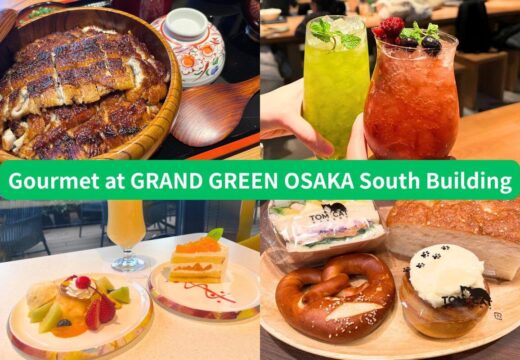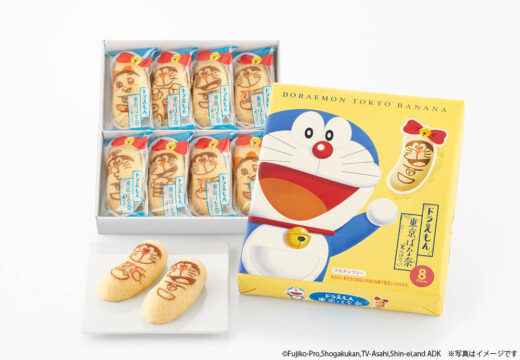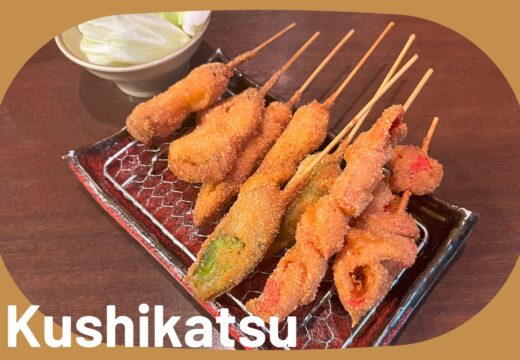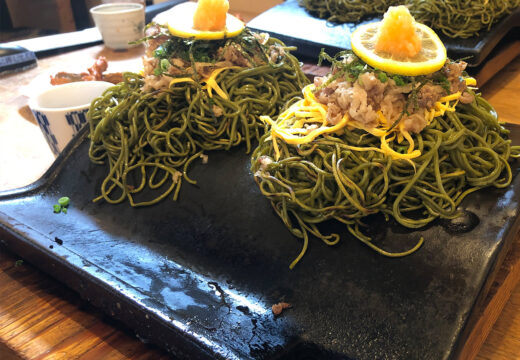Learn About Japan’s Traditional Sake Brewing and Visit a Sake Brewery!
Category: Food&Drink
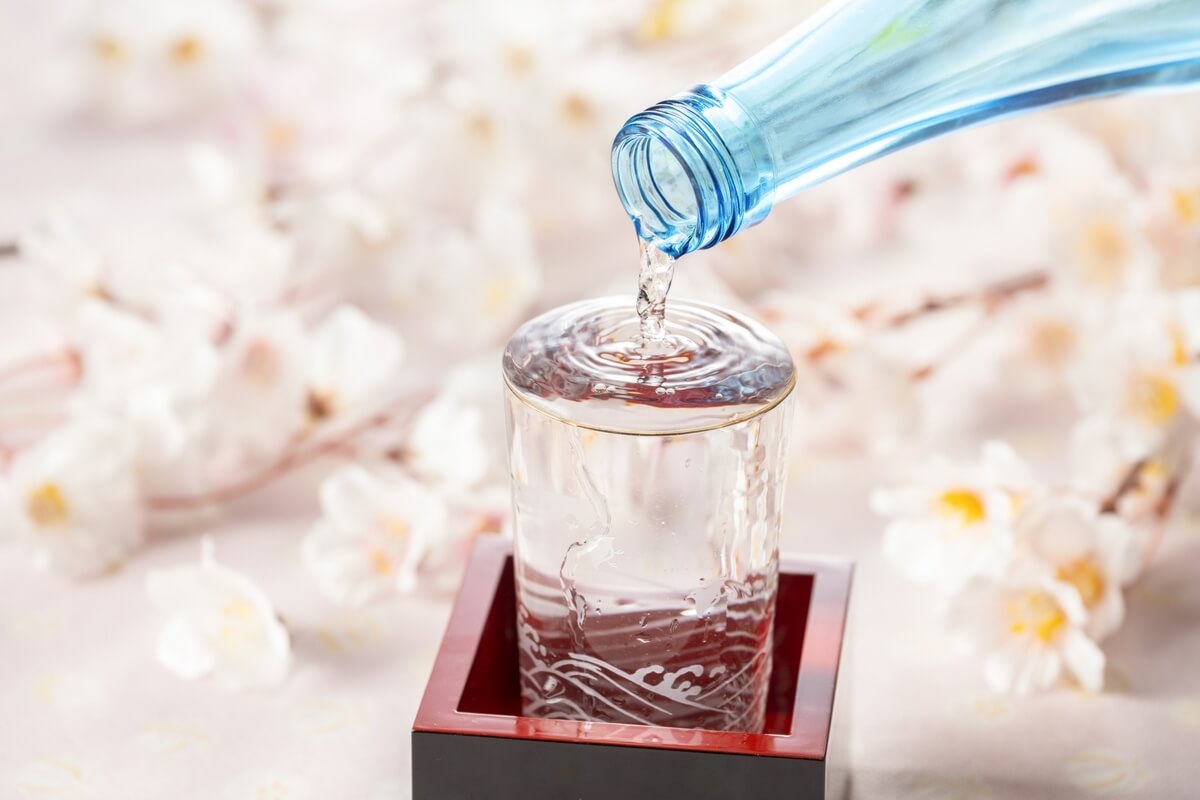
Happy New Year! (Akemashite Omedetou) We look forward to working with you again this year.
In December 2024, “traditional sake brewing” such as Japanese sake was registered as a UNESCO Intangible Cultural Heritage. What is traditional sake brewing? Which sake breweries are famous in Japan? and more for those who want to know more about sake in Japan.
What is “traditional sake brewing” registered as a UNESCO Intangible Cultural Heritage?
On December 5, 2024, “traditional sake brewing,” the art of making sake and shochu, was registered as a UNESCO Intangible Cultural Heritage. This is the 23rd registration for Japan, having previously registered Japanese food, Noh drama, and Kabuki.
“Traditional sake brewing” refers to the manual process of making sake using koji, a type of mold, which has been handed down in Japan for more than 500 years. It has developed in accordance with the climate of each region of Japan, and the techniques and knowledge have been passed down through the generations by artisans such as the Toji, the chief brewer, and the kurabito, the brewers who are engaged in sake brewing under his supervision.
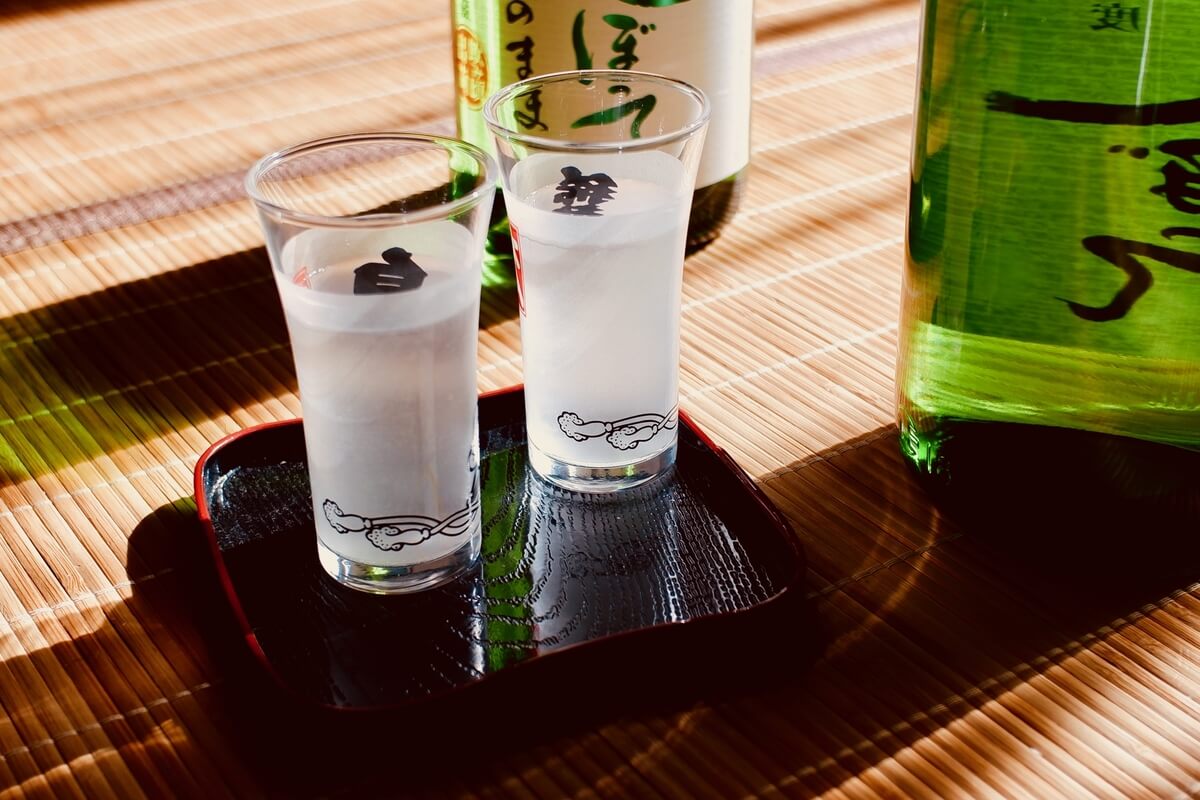
The types of traditional sake brewing include sake, shochu, awamori, and mirin, each of which has its own regional and brewery-specific characteristics.
And in Japan, sake has long been considered a sacred gift from the gods and is an essential part of ceremonies, celebrations, and other cultural events. Thus, “traditional sake brewing” is deeply rooted in Japanese culture.
Traditional Sake Brewing, Craftsmanship Points
There are three main points of sake brewing using “koji” that are common features of “traditional sake brewing.”
1. Steam Raw Materials
Raw materials such as rice and wheat are washed, soaked in water, and steamed. This process makes the raw materials suitable for sake brewing and is an important process that supports the later stages of the brewing process.

2. Making Koji
Koji, a type of mold, is grown on steamed raw materials to produce koji. Koji converts the starch of the ingredients into sugar, and is a key process in sake brewing.
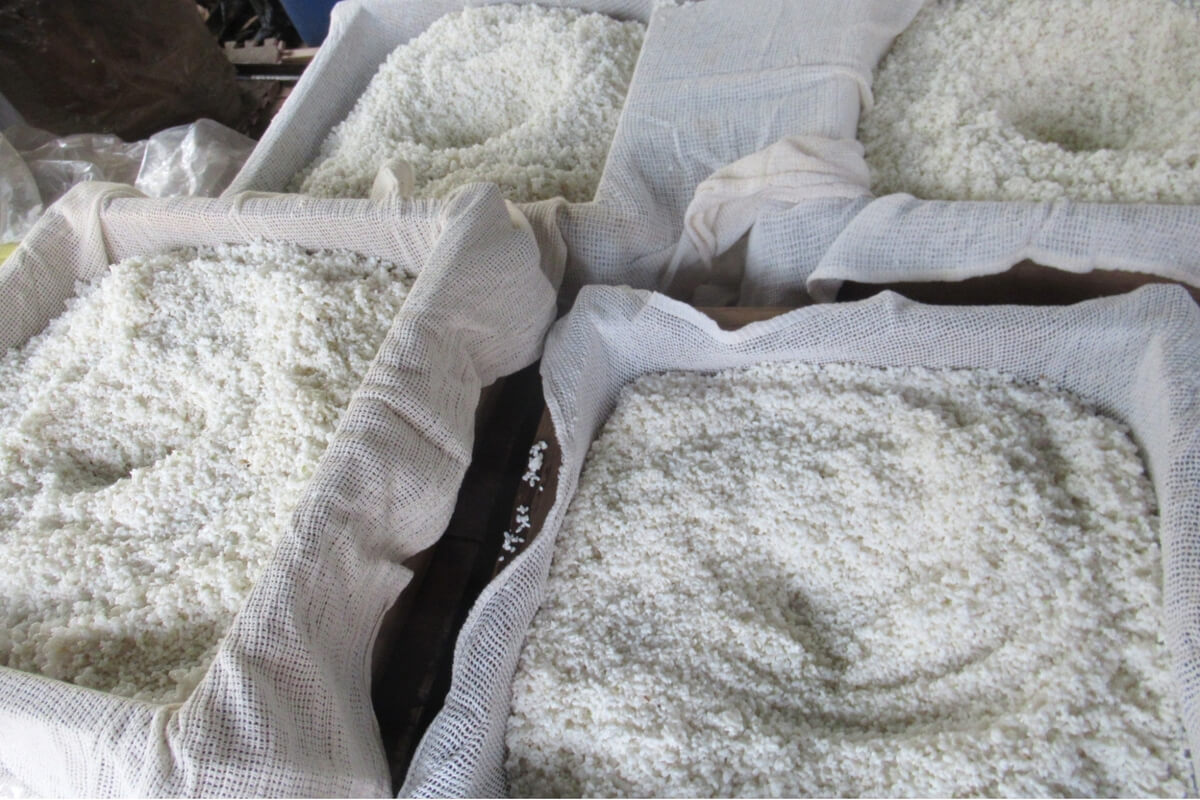
3. Fermentation of Moromi
Moromi is the state of the raw materials before they are fermented into a soft, solid substance that becomes sake. It is made by mixing steamed rice, koji mold, shubo (a pure culture of a large amount of yeast responsible for alcohol fermentation), and water.
The fermentation process of moromi involves “parallel double fermentation,” a process unique to Japan. This is a rare method in the world in which starch is saccharified by koji mold and alcohol fermentation by yeast proceeds at the same time. This method enables the production of alcoholic beverages with a higher alcohol content (approximately 20%) than wine or beer.
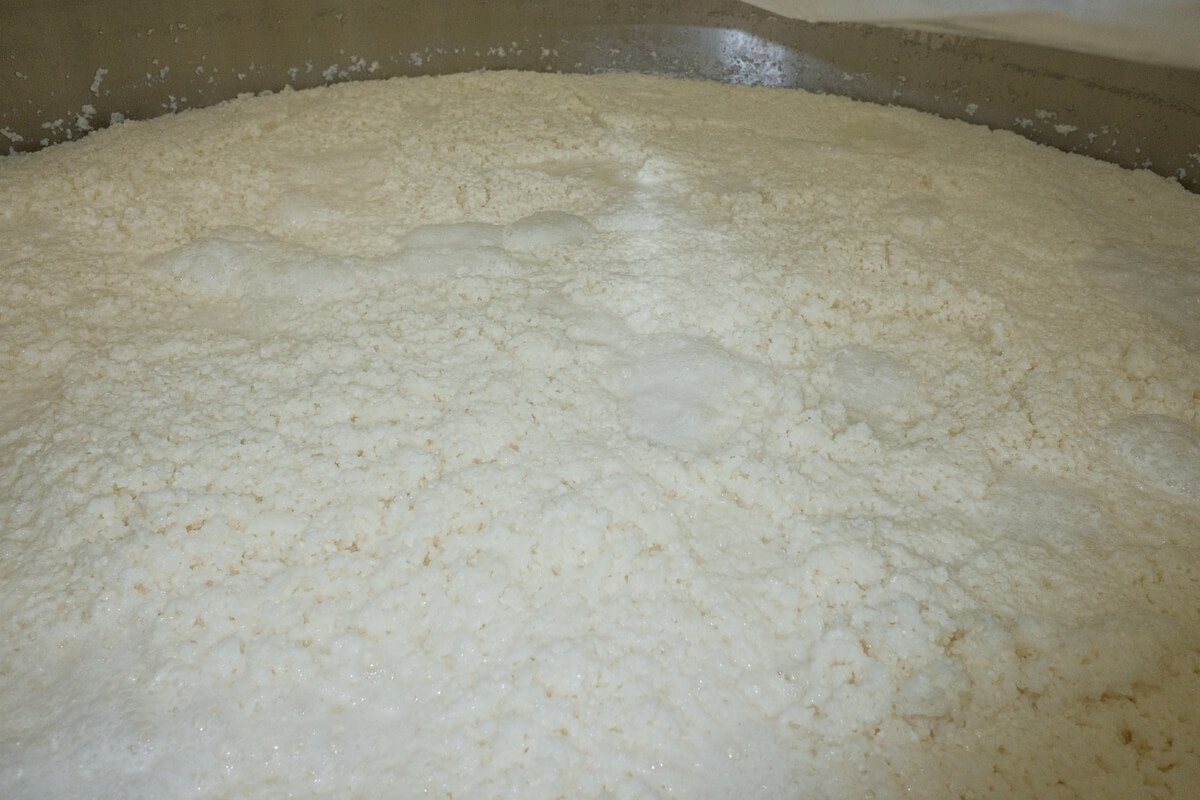
▼ “Traditional Japanese Sake Brewing” video on National Tax Agency (Japan) video channel (YouTube)
Traditional sake brewing is supported by craftsmanship that makes good use of the “koji bacteria,” which are living organisms! It is truly a traditional culture that Japan can be proud of to the world, and it is no wonder that it has been registered as a UNESCO Intangible Cultural Heritage.
Types of Japanese Sake
Here are the main types of sake registered as “traditional sake brewing.”
Sake (Japanese Rice Wine)
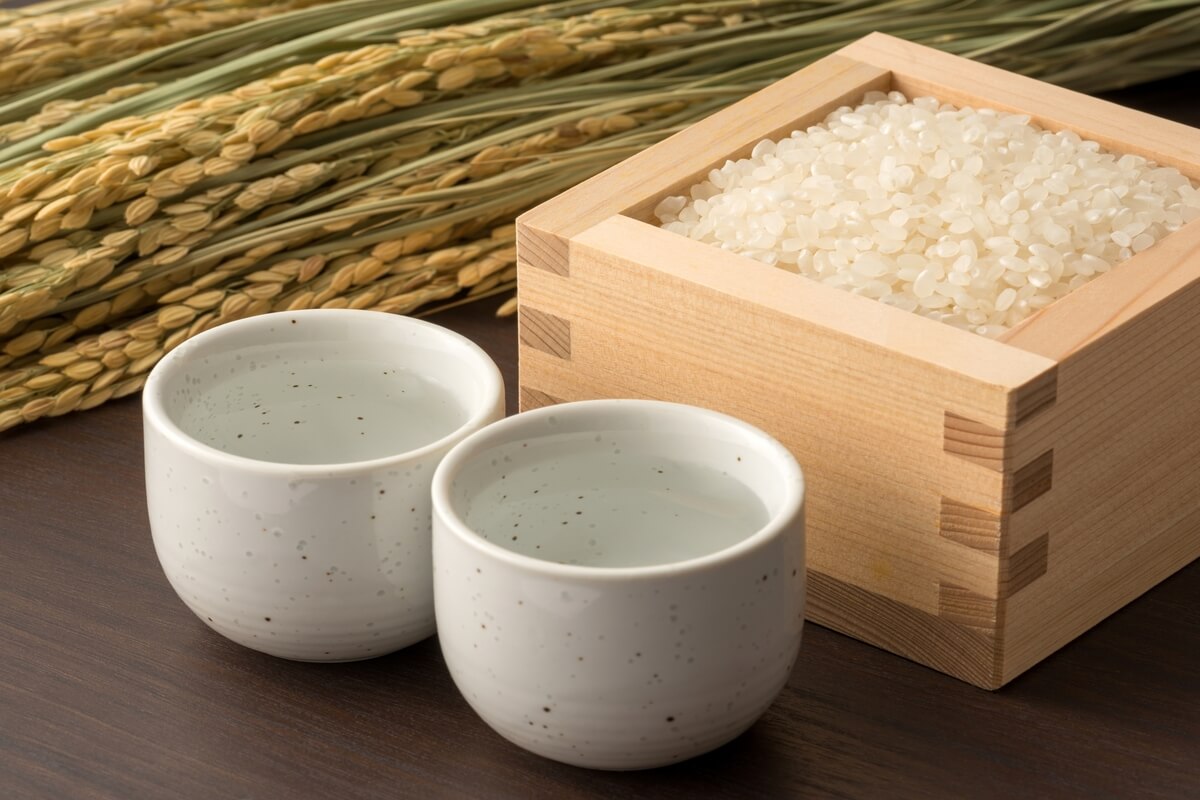
Sake made in Japan from Japanese rice, rice koji, and water. It is said that the prototype of today’s sake, which uses koji bacteria, was created about 1,300 years ago during the Nara period (710-794). The alcohol content is considered to be less than 22 degrees centigrade, and is generally around 15 degrees centigrade.
Sake is classified as “junmai-shu,” “ginjo-shu,” or “honjozo-shu” depending on the ingredients and rice polishing ratio, and the intensity of the flavor and aroma varies. Thus, like wine, sake can be enjoyed in a variety of tastes, such as sweet or dry.
Shochu
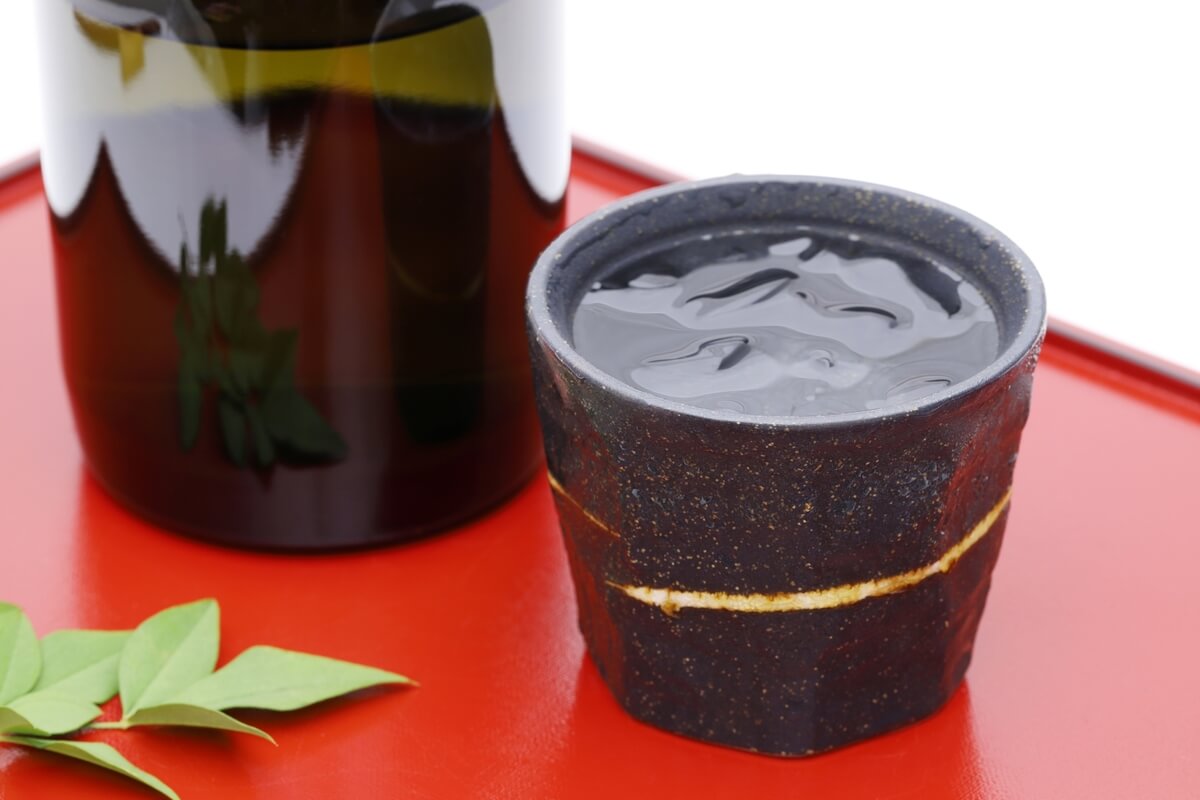
Shochu is a Japanese “distilled liquor” made by distilling alcohol-containing substances, and is in the same category as gin, vodka, and whiskey.
It is made by distilling a brew (fermented liquid) that is fermented by adding water and yeast to ingredients such as potatoes, barley, and rice. It has a higher alcohol content than sake, with an average alcohol content of around 25%. It is also lower in calories because the sugar content of the ingredients is removed during the distillation process.
Awamori
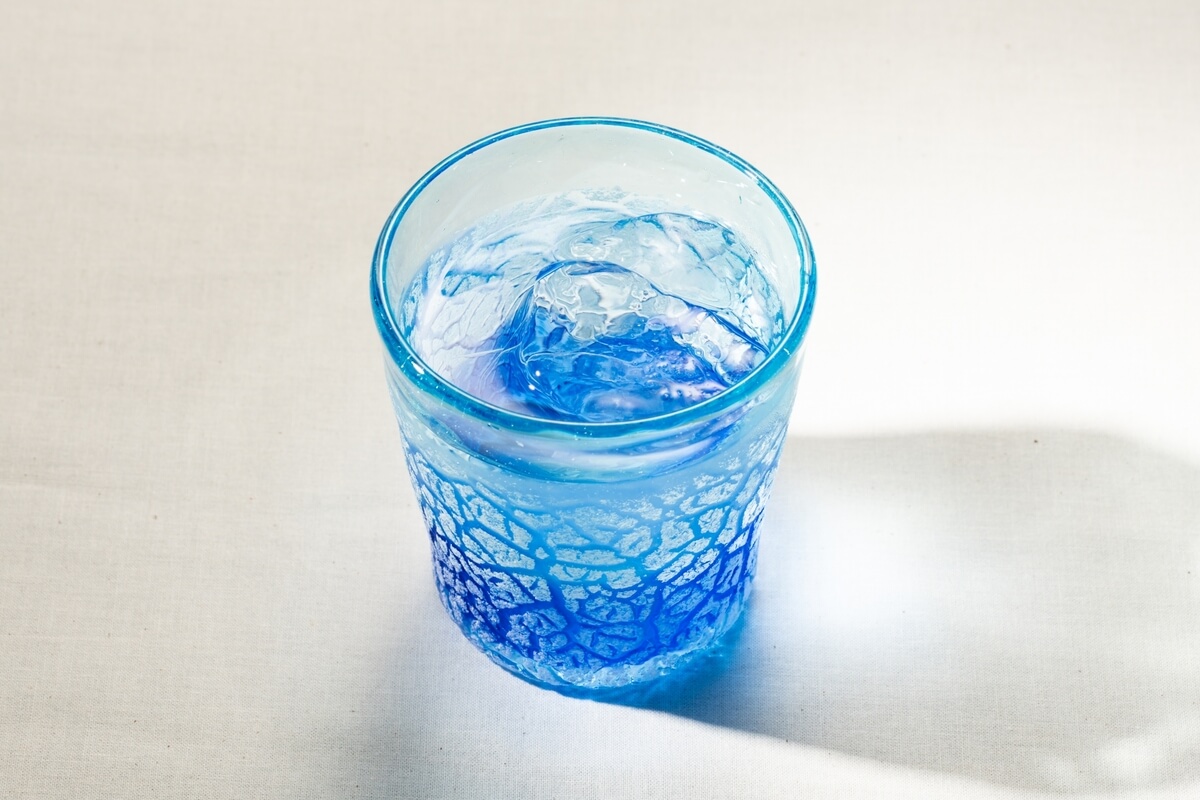
With a history of approximately 600 years, it is the oldest distilled spirit in Japan, and has been handed down in Okinawa Prefecture. It is made from rice (mostly Thai rice), water, yeast, and a special type of koji called black koji. It is classified as shochu under the liquor tax law, but its alcohol content is higher than that of shochu, ranging from around 30 to as high as 50 degrees Celsius.
It is also characterized by a mild, sweet aroma produced by long-term aging. Since the components of the liquor mature on their own, it is said that in the past, each household in Okinawa grew old syochu liqueur that could last up to 100 years.
Mirin
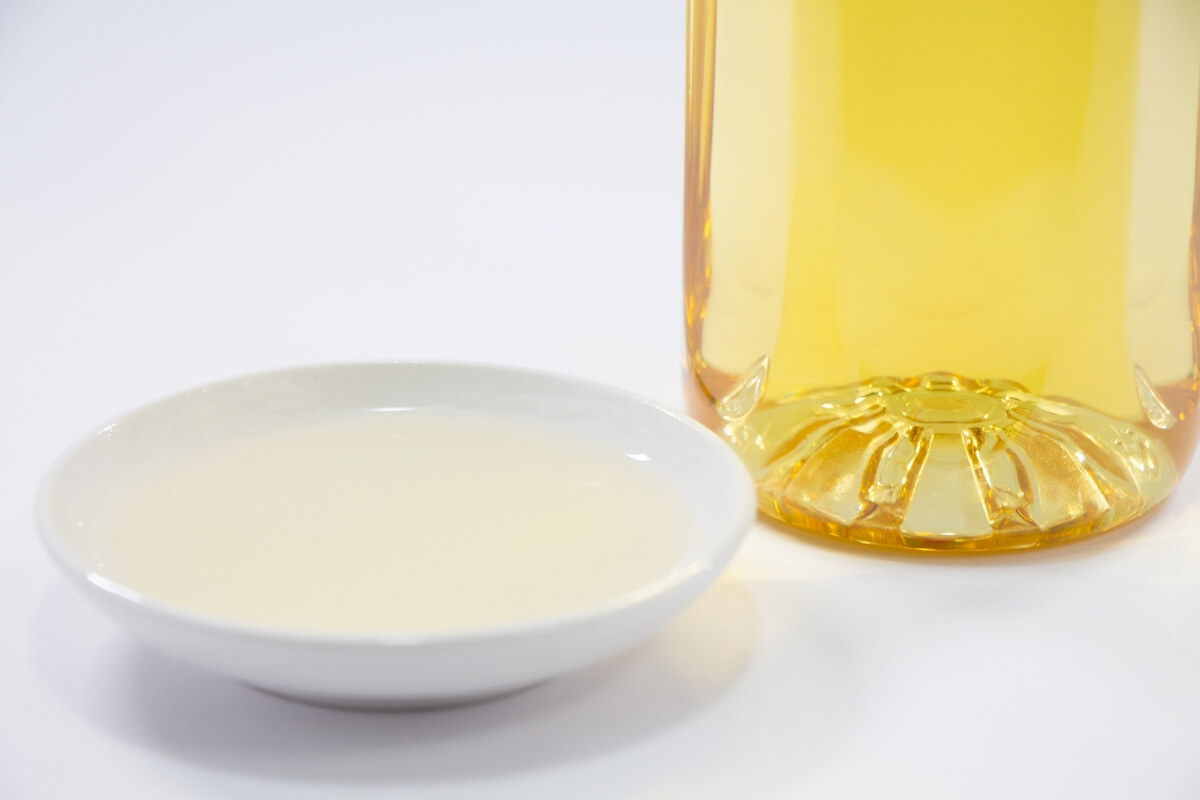
It is a liquor seasoning made by saccharifying and aging glutinous rice, rice koji, and shochu or brewer’s alcohol, which has been used for about 500 years. It has an alcohol content of around 14 degrees and is indispensable for Japanese dishes such as simmered dishes and boiled fish.
Hon Mirin has a deep sweetness and richness, and when used in cooking, it enhances sweetness and umami, and adds shine and luster. It is also effective in removing the smell of fish and meat and preventing them from falling apart.
Sake Places to Go in Japan
Hyogo, Japan’s largest producer of sake
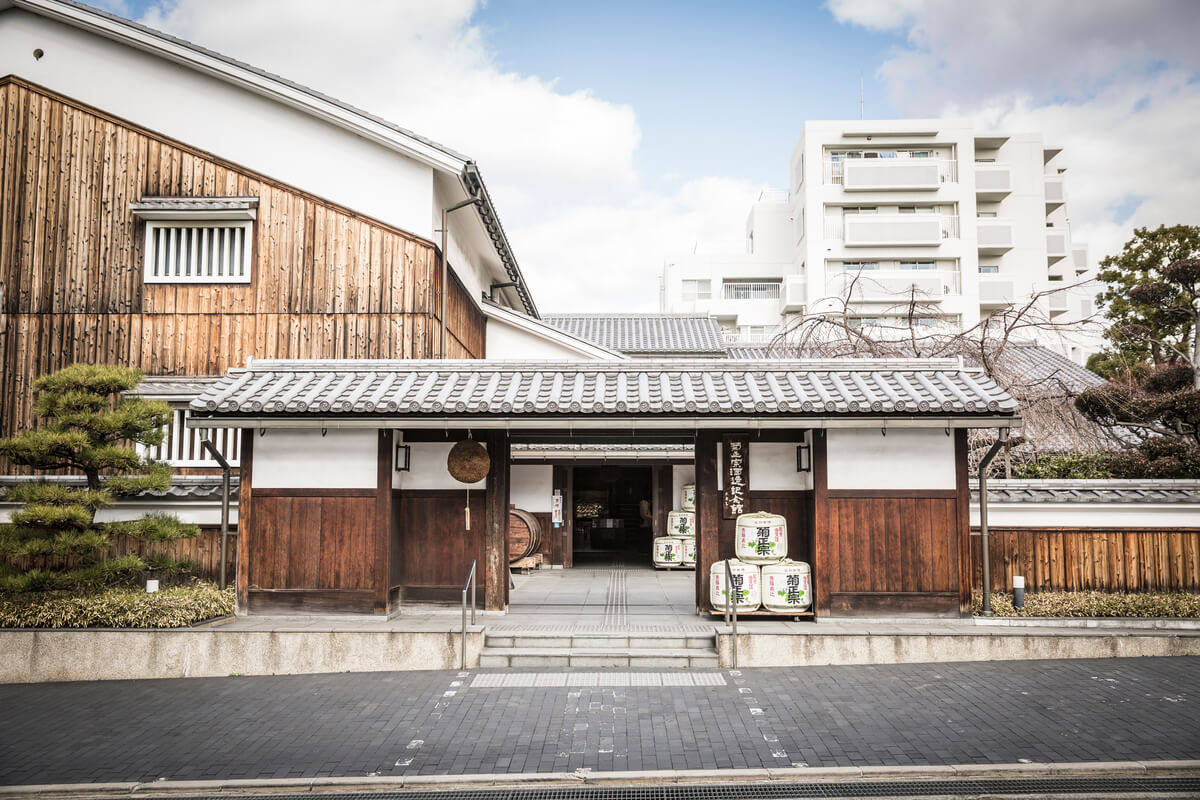
©KOBE TOURISM BUREAU
There are more than 60 sake breweries in Hyogo Prefecture, and each region has its own history and unique sake brewing traditions, including Nada-Gogo, Itami, Harima, and Tanba-Sasayama.
Nada Gogo, known as the best sake brewing area in Japan, is located between Kobe and Nishinomiya cities and boasts the largest production of sake in Japan. Nada Gogo is made from top-class sake brewing rice “Hyogo Yamadanishiki” and mineral-rich “miyamizu,” and is characterized by its strong taste and aroma, produced by craftsmen with excellent skills called “Tamba Toji.”
▼Click here to read about Kobe Shu-shin-kan, a sake brewery in Nada Gogo.
https://kodawari-times.net/blog/shushinkan/
Nara, the birthplace of sake
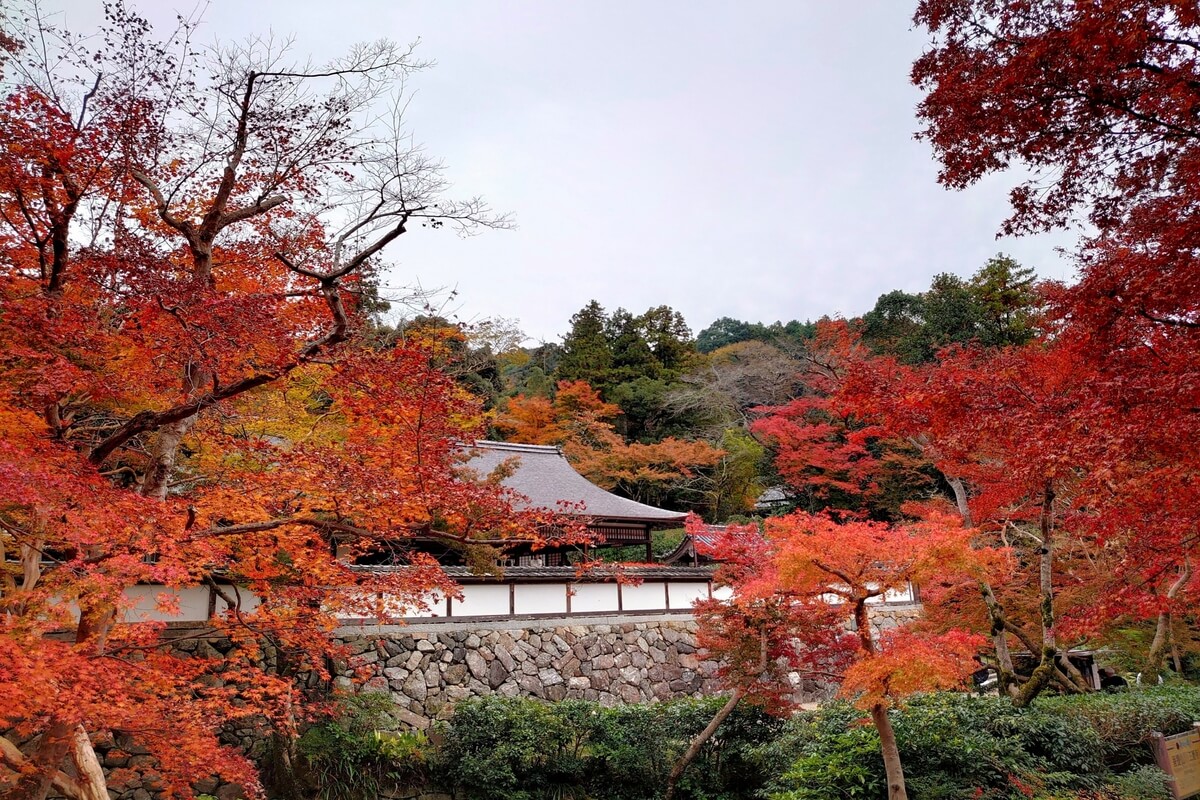
Nara Prefecture, the ancient capital of Japan, is known as the birthplace of sake. Sake was originally called “muddy sake,” which was cloudy white and had the appearance of grains of rice.
The technology to turn muddy sake into clear sake was developed at Shoreki-ji Temple in Nara City. It is said that Shoreki-ji is the only temple in Japan with a sake brewing license. Even today, sake made from the sake mother (a large amount of yeast cultivated to make sake) prepared every January is sold by breweries in Nara Prefecture.
▼Click here for an article on Okura Honke, Nara’s long-established sake brewery.
https://kodawari-times.net/regions-in-japan/sake-okura/
Niigata, a rice-producing region
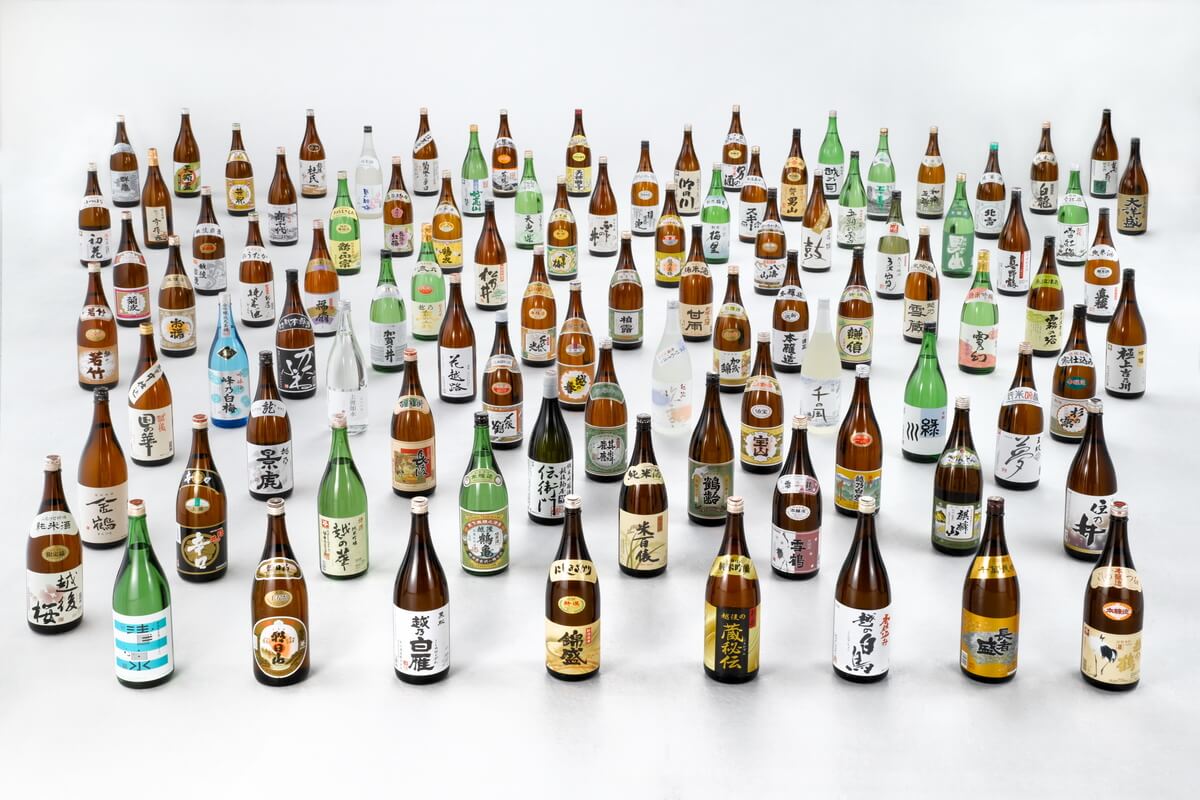
Niigata Prefecture, a land of snow, is famous as a rice-producing region where delicious rice is grown. Blessed with high quality rice, which is the raw material for sake, and clean melted snow water, Niigata Prefecture is also a major sake brewing center. There are 88 sake breweries in Niigata Prefecture, the largest number of sake breweries in Japan by prefecture!
Nagaoka City, which has the second largest number of sake breweries in Japan, has such a strong sake culture that it even has a “Nagaoka City Sake Toast Promotion Ordinance.” Every year around April, a sake event called “Echigo Nagaoka Kurabiraki” is held, where visitors can enjoy a variety of sake.
Kagoshima, the shochu kingdom
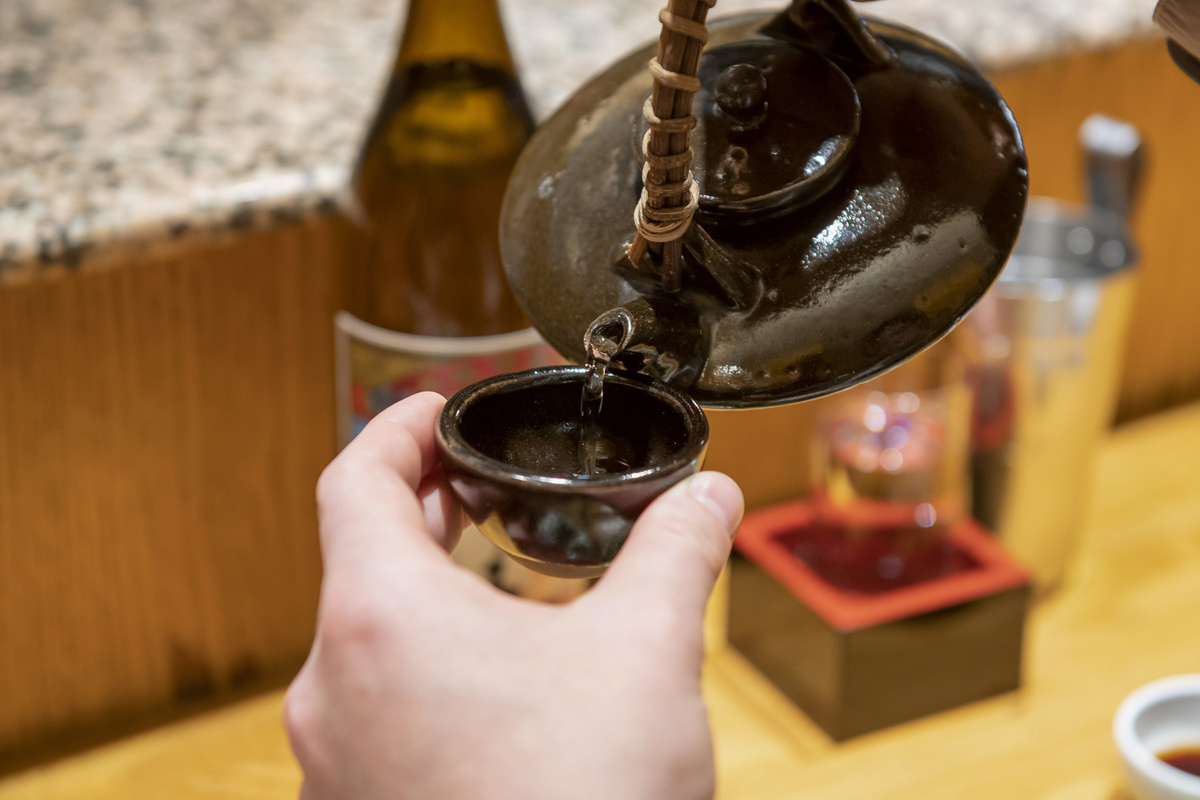
© Kagoshima City
Kagoshima Prefecture, located in the southern part of Kyushu, is famous as a shochu kingdom, with the largest number of shochu breweries in Japan and over 2,000 different brands of shochu. You can taste richly flavored “authentic shochu” made by the traditional single distillation process that has been handed down from generation to generation.
In particular, the main types of shochu are sweet potato shochu made from sweet potatoes produced in Kagoshima Prefecture, the largest producer in Japan, and brown sugar shochu made from brown sugar grown on Amami Oshima and other islands. Why not visit shochu breweries, as well as izakayas and shochu bars in the prefecture, and enjoy various brands of shochu on the rocks, with water, or with soda, or in various other ways?
Okinawa, the birthplace of Awamori
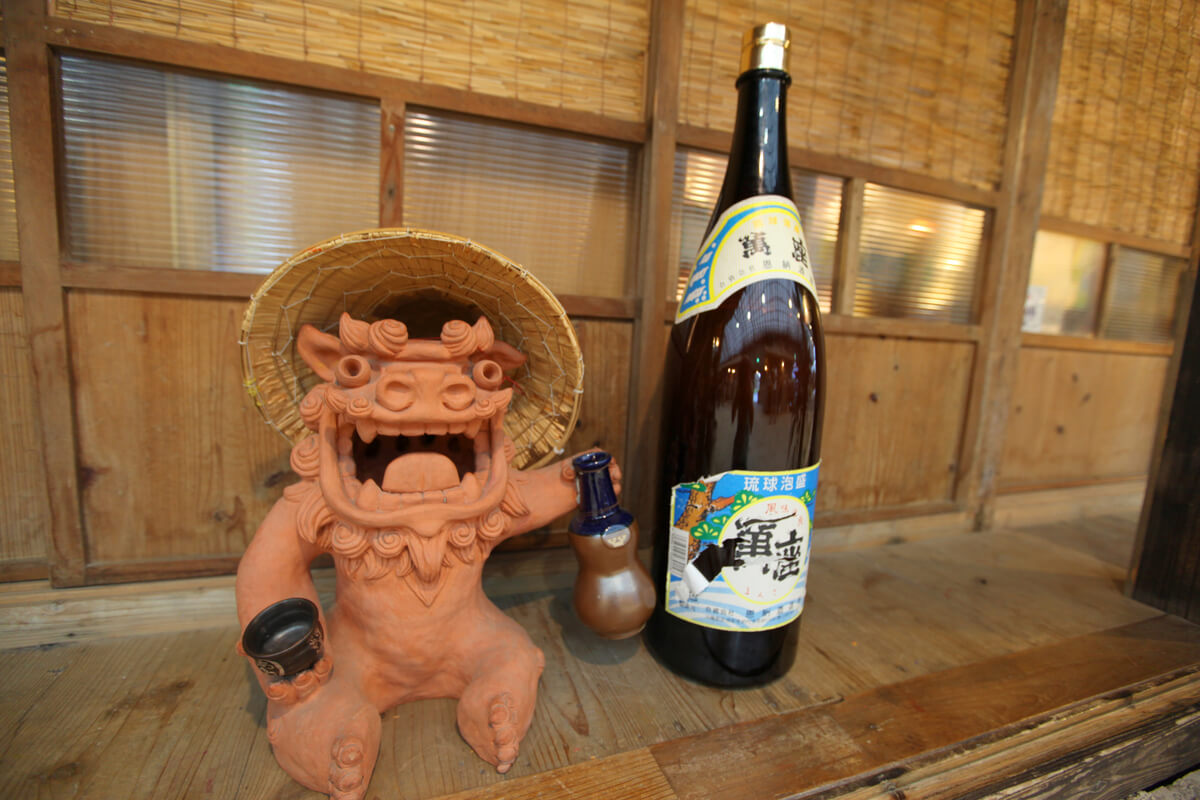
Awamori is a traditional Okinawan liquor. Those made in Okinawa are labeled “Ryukyu Awamori,” a true mark of Okinawan Awamori. Okinawans also call awamori “island sake,” hence the nickname “shimmer.”
There are 47 Awamori breweries in Okinawa Prefecture, each producing their own unique Awamori. Like shochu, it can be enjoyed in a variety of ways, including on the rocks, with water, with soda, or in cocktails.
Okinawa Prefecture is known for its many drinkers and partygoers, so this is a great place for those who want to enjoy drinking while mingling with the locals.
Let’s drink traditional and historical Japanese sake!
“Traditional sake brewing” has developed along with Japan’s climate and culture. Sake, which originated in Japan, has been handed down for more than 1,000 years through a combination of “koji,” an essential ingredient in the Japanese diet, blessed ingredients and water from various regions, and the culture of the craftspeople responsible for sake brewing.
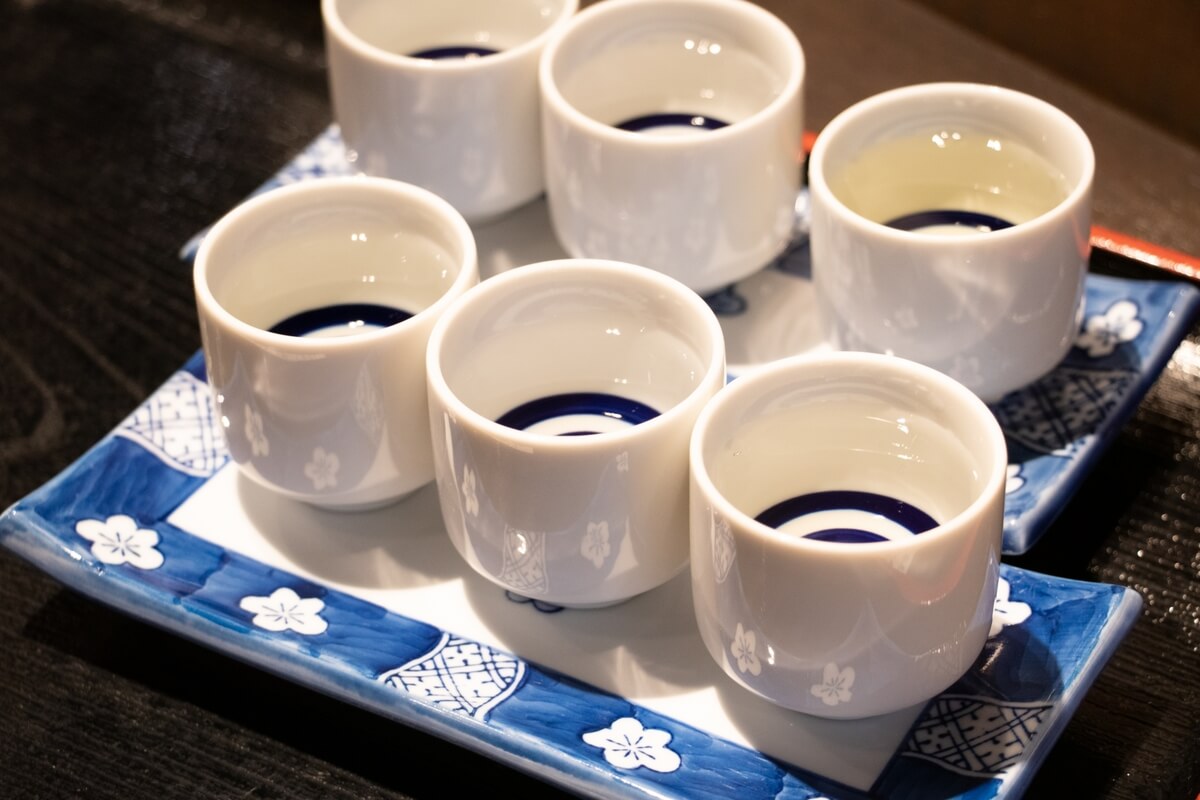
There are many different types of sake produced in various regions of Japan, so when you come to Japan, please try to find the perfect sake for you by comparing different types of sake!
Kodawari Times will continue to promote the appeal of Japanese sake in the hope that it will be loved by people all over the world.


